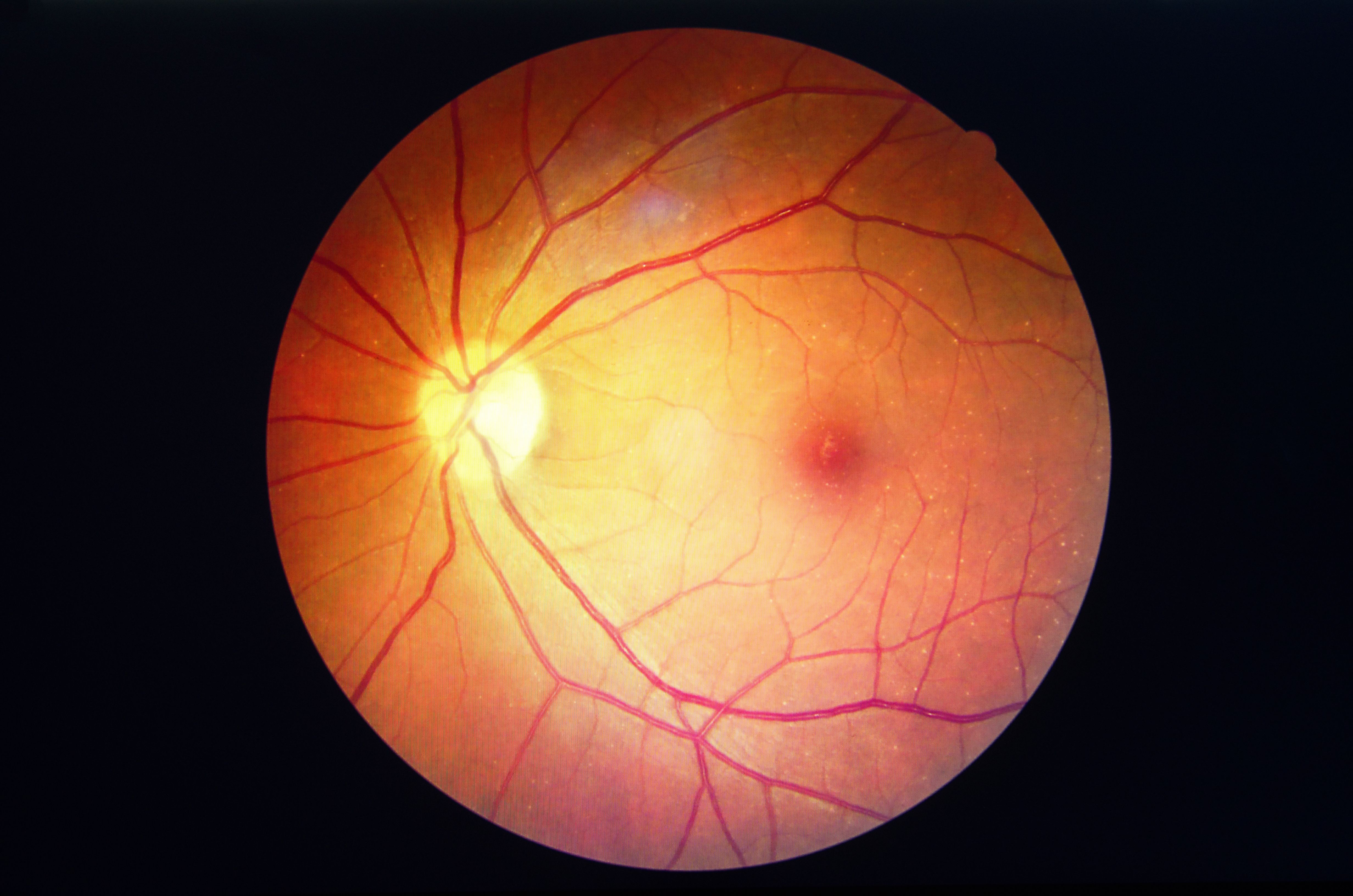Blog
Article
The interaction model vs. the holistic model in telehealth
Author(s):
True primary care is possible through a holistic model to telehealth. So why aren’t more companies embracing it?
© Andrey Popov - stock.adobe.com

Any discussion of the future of telehealth must delineate between the different telehealth models—notably, the one-time-visit and the holistic model. Note that these names are not technical industry terms but helpful ways of illustrating how a provider offers telehealth services to its members.
Most telehealth services fall within this one-time-visit model. In these cases, telehealth acts as a stopgap and does not replace the primary care physician (PCP) and other clinician providers. Rather, it is a means of solving medical issues on a one-time basis. Much like an urgent care visit, the virtual physician does not take full control or responsibility for medical care; instead, they address what they can within a single, isolated visit. Since the pandemic, patients have become accustomed to the one-time-visit model. Thus, they treat telehealth as a virtual urgent care visit, drawing a hard line between the purpose of their brick-and-mortar PCP and telehealth services.
Unfortunately, there are many problems with the one-time-visit approach, one of which is that care continuity is simply impossible. Patients meet with different and unfamiliar doctors and other clinicians each visit, decreasing their willingness to comply with care and impairing the quality-of-care outcomes.
A holistic approach to telehealth
David Zlotnick, MDCM, CCFP (EM)
© Antidote Health Plan

Unlike the one-time-visit model used by many telehealth companies, which specialize in treating only one individual chronic disease, the holistic approach allows for true primary care that treats the whole patient and addresses all their health concerns, including managing multiple chronic conditions. This approach sees care as a complete, long-term relationship with the patient instead of siloed, one-time visits or exchanges. As a result, patients are more willing to comply with treatment plans, and the provider has greater alignment with the outcomes of the member or patient, forming a deeper patient-physician relationship.
An ideal holistic model will also provide multifactorial virtual care. In other words, the patient isn’t restricted to one means of communication but can use multiple means, whether synchronous video, asynchronous chat, email, phone call, etc. By using many forms of communication to support virtual care, providers offer greater accessibility to patients.
Payviders and holistic telehealth
If the holistic approach to telehealth is superior to the one-time-visit model, why haven’t more companies embraced it? The culture and structure of many businesses – particularly health insurance companies – make it difficult to adopt a holistic style of telehealth.
However, within a payvider model, the holistic approach to telehealth flows naturally. A payvider is a health care entity that delivers care services and handles financial elements as well. It often manifests as an insurance company that provides access to physicians and doctors. Payviders have mechanisms that allow their physicians to take full responsibility for the health care process, e.g., following up on lab tests or X-rays. Physicians operating in a one-time-visit telehealth model might not have those same incentives.
Not only does a payvider have the culture and tools to deliver holistic telehealth, but it also incentivizes greater alignment of interests with patients. In the general health care system today, there is little (if any) alignment of interest between all involved parties. But, because the patient is the payvider’s direct client, there is a real motivation to have the highest quality of care at the lowest cost.
Additional benefits of telehealth through a payvider
When a virtual-first payvider delivers telehealth, it increases accessibility and convenience for the member without creating a siloed, one-time-visit-based style of care. Consider that an urgent-care-type telehealth model focuses exclusively on a singular patient’s issue – say, diabetes, for instance. However, if the patient is experiencing multiple health issues at once, the telehealth physician will recommend they see their family doctor or PCP.
In the real world, people usually have multiple health issues. For example, if someone has diabetes, there is a high chance they also have high blood pressure. If a person has an injury that prevents them from working, they may develop anxiety or depression. During a telehealth visit with a payvider, a patient’s physician will address all or as many health issues as possible rather than one at once.
What technologies enable the holistic model?
Advanced technologies enable a holistic telehealth approach to flourish. Consider that continuity of care, a staple of holistic telehealth, requires routine touchpoints with the same clinicians and doctor. Technology facilitates interactions between patients and doctors, making those key touchpoints more accessible and frequent.
For example, a payvider can send the patient follow-up intakes to fill out regularly, whether for their blood sugar levels or mental health score. This data allows the clinician to track trends in care and see what is happening between visits. Similarly, remote monitoring tools, such as pulse oximeters, heart rate monitors, or glucose meters, enable the physician to manage the patient’s chronic conditions proactively.
Other notable technologies that enable the holistic telehealth model include decision-support systems powered by virtual assistants. These virtual assistants use generative artificial intelligence and machine learning (ML) to automate the pre-screening process, gathering information from the patient, including the reason for their telehealth visit and symptoms.
The virtual assistants will also ask broader health-related questions, such as whether the person has a history of hypertension, diabetes, mental health issues, etc., and then churn that data through ML algorithms to determine if the patient might be at risk, notifying the doctor of the findings.
Preparing for the hybrid health care paradigm
Contrary to the rumblings in the news might imply, telehealth and virtual care are here to stay. Virtual-first payviders, uniquely, are already well-positioned to deliver holistic telehealth. Nevertheless, for other providers to maximize the effectiveness of telehealth and ensure the highest care outcomes for patients, they must move away from a one-time-visit model to a holistic approach. At the same time, physicians and other clinicians must prepare accordingly for this new hybrid health care paradigm, seamlessly integrating the virtual with the physical.
David Zlotnick, MDCM, CCFP (EM), is the chief medical officer (CMO) of Antidote Health Plan. He received his medical degree from McGill University, which was immediately followed by his family and emergency medicine residency. He is a licensed physician in Montreal, New York and Ohio with over 15 years of medical experience. As the CMO, he oversees all Medical Quality, including clinical services, population health, care management and utilization management, behavioral health, pharmacy, and quality improvement.
Newsletter
Stay informed and empowered with Medical Economics enewsletter, delivering expert insights, financial strategies, practice management tips and technology trends — tailored for today’s physicians.





